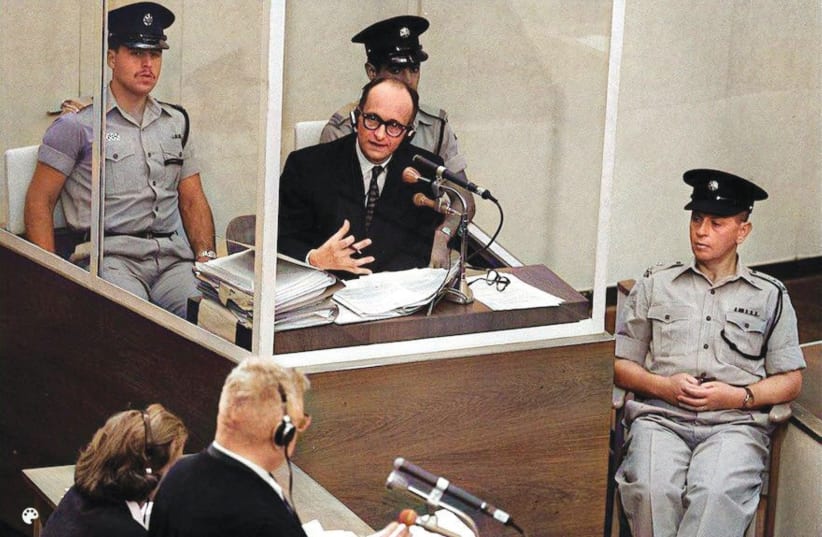Before his capture and subsequent trial, and under the guise of several false identities, Eichmann fled to Argentina along with many other members of the Nazi Party. Following intelligence work with Fritz Bauer, the (Jewish) prosecutor-general of the West German state of Hessen and Lothar Hermann, another man from West Germany who moved to Argentina, Eichmann was found and captured by the Mossad and was brought to Israel.
1 June 1962 | After midnight Adolf #Eichmann, whose task was to manage the logistics involved in the mass deportations of Jews to ghettos and extermination camps in German-occupied Europe, was executed in @Israel. See @yadvashem exhibition about his trial https://t.co/F8HGiRoqK6 pic.twitter.com/xRqPWo8yLM
— Auschwitz Memorial (@AuschwitzMuseum) June 1, 2021
Following a trial in which documents were shown proving his involvement and resolve to participate in the atrocities of the Holocaust, he was sentenced to death on May 29, 1962 and was executed two days later on June 1.
The trial served as a turning point in the perception of the Holocaust among the Israeli public, who up until that point were hesitant to discuss it. The public perception of the Holocaust around the world was also changed by this event and helped bring other members of the Nazi Party to justice.
